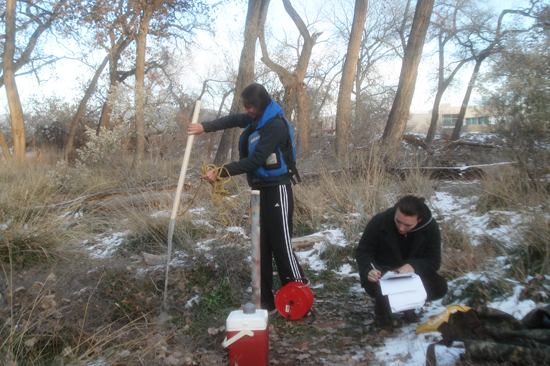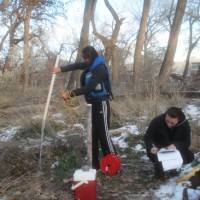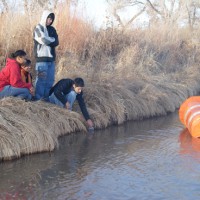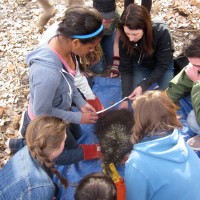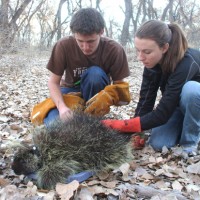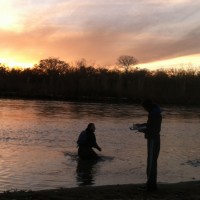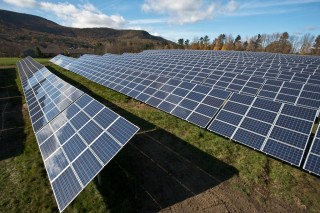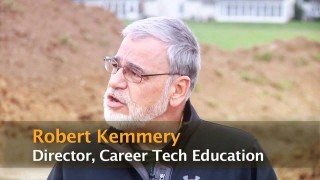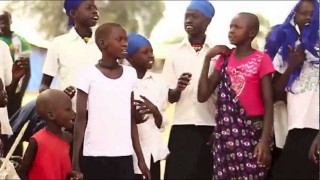When Mirabelle, a senior at Bosque School in Albuquerque, slipped and fell into the ice-lined Rio Grande River last December, her safety gear protected her; she was fine. She was actually more focused on the samples she’d been scooping up, which later tested positive for the chemical toluene. Those results were added to the data collected by other students—citizen scientists in the Bosque Ecosystem Monitoring Program (BEMP). In coordination with the University of New Mexico, BEMP provides river managers with important data and analysis that informs decisions about multi-million dollar projects on the Rio Grande.
Mirabelle’s been making a splash with BEMP projects since she was a sixth grader. Over the years, she’s helped radio collar and track porcupines, looked at climate as an ecological driver, and taught first graders about river health. In February she and a partner presented their hydrocarbon findings at a professional science meeting.
At Bosque School, these efforts to monitor the Rio Grande and its riverside forest (“bosque” in Spanish) have been part of the school’s Black Institute for Environmental Studies for over 12 years. It’s part of the middle school curriculum, and about two-thirds of upper school students voluntarily participate—a productive merger of science, stewardship, and education.
